Java
Sdtimes
319

Image Credit: Sdtimes
Java never goes out of style: Celebrating 30 years of the language
- Java, celebrating its 30th anniversary, remains prevalent in the industry and ranks highly in popularity among programming languages.
- Development started in 1991 by James Gosling and team, with the first public release in 1995 by Sun Microsystems, later acquired by Oracle.
- The philosophy behind Java's creation focused on efficiency and practicality, contributing to its ongoing success.
- Java continues to adopt features from other languages, ensuring its relevance and appeal to developers.
- The 'write once, run anywhere' nature of Java and the Java Virtual Machine (JVM) have been significant factors in its popularity.
- OpenJDK was a milestone making Java more open, leading to the creation of OpenJDK.
- Oracle's switch to releasing two new versions of Java each year since 2017 has allowed gradual and controlled improvements in the language.
- The transition of Java EE to Jakarta EE in 2017 reflects Java's evolution and ongoing modernization efforts.
- Apache Maven, a key tool for Java build automation, significantly simplified software building processes in Java development.
- Java's influence on dependency management systems has extended to other programming languages, contributing to open-source ecosystems.
Read Full Article
19 Likes
Medium
115
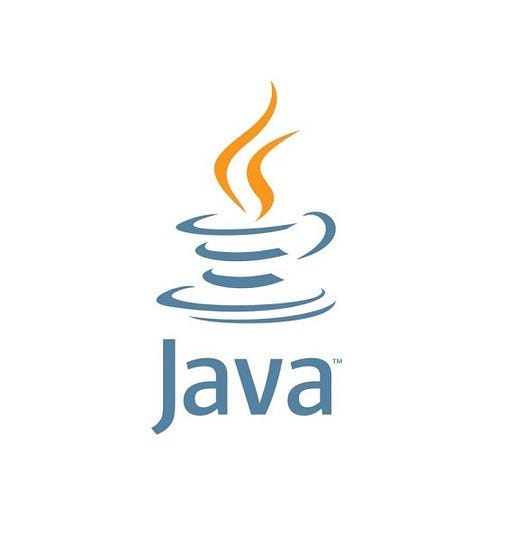
Image Credit: Medium
Understanding the equals() and hashCode() Contract in Java
- Developers often overlook the importance of the contract between the equals() and hashCode() methods in Java, leading to unexpected behavior and bugs.
- Objects with the same hash code do not necessarily have to be equal due to hash collisions.
- Proper implementation of equals() and hashCode() is crucial for hash-based collections like HashSet and HashMap to function correctly.
- If the User class overrides equals() but not hashCode(), it can lead to issues like failing the .contains() check in HashSet.
- Hash-based collections use hashCode() to locate the bucket and equals() to compare objects within the bucket.
- It is important to override both equals() and hashCode() methods in custom classes to ensure proper functioning in collections like sets and maps.
- Incorrect implementation of these methods can result in unreliable and unpredictable behavior in Java applications.
- Understanding the contract between equals() and hashCode() is essential for writing reliable and predictable Java applications.
- Properly implementing these methods ensures consistent behavior of objects in hash-based collections.
- Common mistakes to avoid include not overriding hashCode() when overriding equals(), leading to incorrect functioning of hash-based collections.
- Using a custom object as a key in a Map emphasizes the importance of understanding and respecting the equals() and hashCode() contract.
- Implementing equals() and hashCode() correctly is crucial for maintaining the integrity and consistency of Java objects used in various data structures.
Read Full Article
6 Likes
Javacodegeeks
313

Image Credit: Javacodegeeks
How to Convert a String to SOAPMessage in Java
- SOAPMessage class in javax.xml.soap package provides an abstraction for processing SOAP messages in Java applications.
- Maven dependencies: jakarta.xml.soap-api for SOAP API interfaces and saaj-impl for SOAPMessage implementation.
- Java program converts a raw SOAP XML string to a SOAPMessage object using MessageFactory and InputStream.
- Conversion includes wrapping the XML string in an InputStream for MessageFactory.createMessage() method.
- The process ensures proper character encoding with StandardCharsets.UTF_8.
- Output after conversion is a well-formed SOAP envelope.
- MessageFactory is crucial for creating SOAPMessage instances from different input sources.
- The article explains the conversion process using Jakarta XML SOAP API and SAAJ implementation.
- Explanation of how MessageFactory helps parse raw SOAP XML strings into SOAPMessage objects.
- Overall, the focus is on converting a string into a structured SOAPMessage for further processing.
Read Full Article
18 Likes
Medium
292
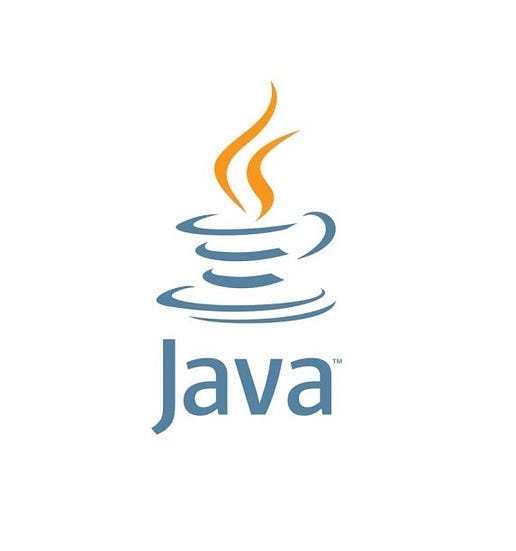
Image Credit: Medium
How to Remove Nulls from a List in Java-Multiple Approaches
- Java 8 introduced the Stream API, which makes filtering nulls elegant and functional.
- Apache Commons and Google Guava provide utilities for removing null elements from a List.
- Stream API and removeIf() method are preferred for modern Java projects due to their readability and power.
- Classic loops are still viable for legacy projects, while Apache Commons and Guava offer expressive options.
Read Full Article
17 Likes
Discover more
Medium
141

Image Credit: Medium
How to Read a File into a String in Java — Multiple Approaches
- This article discusses various approaches to read a file into a String in Java from classic IO to modern Java 11+ APIs.
- Prefer using Files.readString() or Files.readAllBytes() for modern applications in Java.
- For Java 7 or 8, there is a clean alternative available as well.
- Apache Commons IO library provides a simpler way to read files into a string.
Read Full Article
8 Likes
Self-Learning-Java
94
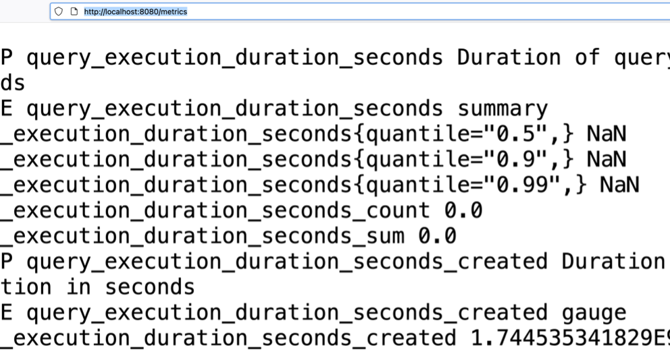
Image Credit: Self-Learning-Java
How to expose Summary metric using Prometheus Java Client?
- A Summary metric in Prometheus is used to track individual observations and calculate quantiles over time.
- It provides count, sum, and optional quantile values for the observations.
- Summary metrics are useful for tracking response times, latency, GC time, and operation durations.
- To define a Summary object, you can specify the name, help, and quantile values.
- Quantile calculations involve sorting observations and determining percentile values.
- An application example demonstrates creating a Summary metric for query execution duration.
- The server setup includes endpoints for simulating queries and exposing metrics.
- Viewing metrics reveals quantile values, count, sum, and average execution time.
- Quantiles are approximations maintained through sampling algorithms by Prometheus client libraries.
- Summary metrics help analyze the distribution of observations for better insights into system performance.
Read Full Article
5 Likes
Javacodegeeks
275

Image Credit: Javacodegeeks
String Minus Operation In Java
- Java does not support a native minus (-) operator for strings like in some scripting languages but simulations can be achieved by removing substrings or characters from other strings.
- Common use cases for string manipulation in Java include removing specific words/characters, trimming suffixes/extensions from filenames, and deleting defined patterns.
- Java lacks a direct - operator for strings, thus methods like replace(), replaceAll(), replaceFirst(), and substring are used for string manipulation.
- The only supported string operator in Java is the + operator for concatenation, while methods like replace(), substring(), and replaceAll() aid in achieving 'minus' operations.
- Various methods, including replace(), replaceAll(), substring(), and replaceFirst(), can be utilized to simulate 'minus' operations on strings in Java.
- The Java class StringMinusOperations provides code examples for removing characters, substrings, or suffixes from strings using different methods like replace, substring, and Java Streams.
- The code examples demonstrate removing characters like 'a', 'b', 'n', a known suffix like '.txt', and the first occurrence of a substring like 'apple'.
- A custom solution using Java Streams is showcased to remove specific characters like 'a' and 'e' from a string, displaying an alternative functional style approach.
- Java developers can efficiently perform 'minus' operations on strings by understanding methods like replace, replaceAll, replaceFirst, and substring, offering flexibility in string manipulation.
- The article concludes by emphasizing the importance of mastering string manipulation techniques in Java to handle diverse challenges with clarity and precision.
Read Full Article
16 Likes
Sdtimes
21

Image Credit: Sdtimes
Azul significantly cuts down on false positives in Java vulnerability detection with latest update to Azul Intelligence Cloud
- Azul has updated its Vulnerability Detection solution to reduce false positives in Java vulnerability detection by up to 99%.
- The update aims to flag vulnerabilities in code paths that are actively used in Java applications, preventing unnecessary alerts.
- By curating a knowledge base mapping CVEs to runtime-used classes, Azul ensures accurate identification of vulnerable components in applications.
- This approach helps in distinguishing between potentially vulnerable components in use and parts that are not activated, thereby minimizing wasted efforts on non-critical vulnerabilities.
Read Full Article
1 Like
Self-Learning-Java
211
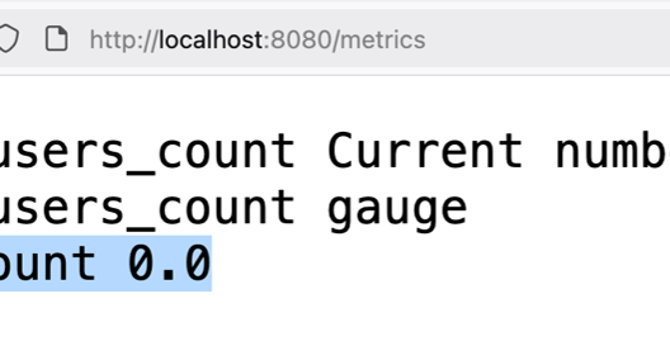
Image Credit: Self-Learning-Java
How to expose Gauge metric using Prometheus Java Client?
- Prometheus uses Gauge as a metric type to represent a single numerical value that can fluctuate.
- Gauge is used to track current values that can go up or down such as memory, CPU usage, and queue size.
- In Java with Prometheus client library, Gauges are defined and updated based on logic like setting, increasing, or decreasing values.
- An example Java application with Gauge metric for active users count is provided, demonstrating how to use Gauges to monitor and expose metrics.
Read Full Article
12 Likes
Self-Learning-Java
422

Image Credit: Self-Learning-Java
How to add labels to the exposed Prometheus metrics in Java?
- Prometheus uses labels as key-value pairs attached to metrics to provide more context.
- Labels in Prometheus help differentiate data points for a metric.
- In Java, labels can be added when building metrics using methods like 'labelNames'.
- Labels can be set and incremented for metrics to capture specific information such as endpoint and app name.
Read Full Article
25 Likes
TechBullion
189

Image Credit: TechBullion
Integrating Python-Based AI/ML Models into Java Enterprise Ecosystems: A Pragmatic Guide
- Integrating Python-based AI/ML models into Java enterprise ecosystems presents a challenge due to the distinct advantages of each language.
- REST APIs are widely used for integrating Python models into Java systems, offering loose coupling and technology-agnostic communication.
- Despite its benefits, REST APIs may introduce latency issues and require attention to security measures like authentication and encryption.
- For higher performance needs, gRPC provides a more efficient alternative by using Protocol Buffers over HTTP/2 for faster messaging.
- gRPC excels in scenarios where speed and efficiency are crucial, such as in real-time AI systems like recommendation engines.
- Message queues like RabbitMQ offer fault tolerance and scalability, making them suitable for batch processing and workflows with latency flexibility.
- However, implementing message queues requires careful planning for reliable delivery and potential complexities in debugging.
- Embedding a Python runtime directly into Java applications through options like Jython and GraalVM can provide tight integration but may introduce compatibility and performance challenges.
- Selecting the right integration method depends on factors like performance, maintainability, team capabilities, and cost considerations.
- Each integration approach has its trade-offs, with gRPC excelling in performance, REST APIs in ease of use, message queues in flexibility, and embedded runtimes in tight coupling.
- Ultimately, the best integration method varies based on the specific use case, and understanding these patterns can lead to smarter and more maintainable system development.
Read Full Article
11 Likes
Medium
56

Image Credit: Medium
Java series: Caching
- Caching is a strategy to boost system performance by storing frequently accessed data in a fast-access, volatile database.
- It helps reduce system latency by storing data in an in-memory cache for faster access.
- Redis, popular for cloud-native architectures, offers fast performance, low latency, and versatility.
- Redis can be used as a cache, NoSQL database, message broker, session store, and more.
- Redis runs in memory, so data may be lost if not configured to persist to disk.
- To use Redis with Spring Boot, dependencies need to be added in the build.gradle file.
- Configuring the Java app to connect to Redis involves settings in the application.properties file.
- Java application examples show how to utilize Redis caching with @Cacheable and @CacheEvict annotations.
- Customization of caching can be done with additional properties or custom configuration beans in Spring Boot.
- Redis cache is demonstrated to improve application performance by reducing data retrieval time.
Read Full Article
3 Likes
Dev
254

Image Credit: Dev
💡 Java Streams vs SQL – When to Use Which and Why
- Java Streams and SQL each have their own strengths and are useful in different scenarios.
- Java Streams offer a functional programming style for processing collections in-memory.
- On the other hand, SQL is used for querying relational databases and is declarative in nature.
- Use Java Streams for small-to-medium sized data already in memory and complex post-processing, while SQL is preferred for large datasets, joins, filtering, and aggregation.
Read Full Article
15 Likes
Hackernoon
310

Image Credit: Hackernoon
SpringAI vs LangChain4j: The Real-World LLM Battle for Java Devs
- Java developers now have access to two frameworks, SpringAI and LangChain4j, for building AI applications within the Java ecosystem.
- While SpringAI follows a convention-over-configuration design style and offers a steep learning curve, LangChain4j is more explicit and modular, making it accessible for side projects and smaller stacks.
- Architecturally, LangChain4j involves connecting tools, memory, and chains, while SpringAI offers a full-stack AI Spring app with features like AI models, repositories, security, and observability.
- SpringAI provides structure and safety with magic beans for calling functions, while LangChain4j offers explicit tools for more control. In terms of memory management and streaming responses, LangChain4j requires more manual work but provides total control.
Read Full Article
18 Likes
Self-Learning-Java
133
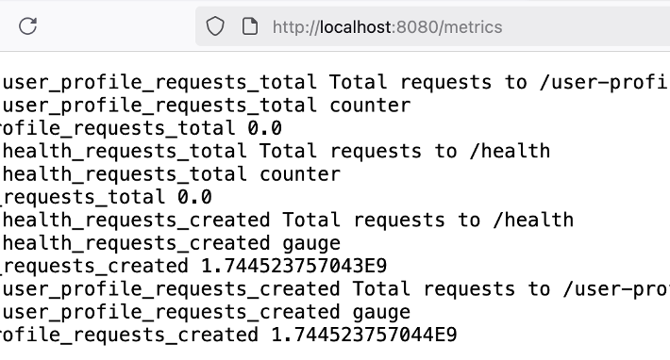
Image Credit: Self-Learning-Java
How to Track Endpoint Usage with Prometheus Counters in Java?
- Prometheus Counters are used to track metrics that only increase, like the total number of requests in an application.
- Counters measures how many times something has happened, such as HTTP requests or errors occurred.
- Naming conventions for Counters require unique names starting with a letter and ending with _total.
- A sample Java application is created to expose endpoints like /health and /user-profile, while incrementing respective Counters.
- Metrics are scraped by Prometheus from the /metrics endpoint using CollectorRegistry.defaultRegistry.metricFamilySamples() method.
- The output from /metrics includes metadata comments describing the metric purpose, type (counter or gauge), and the current value.
- Automatically added *_created metrics in Prometheus indicate the time a Counter was created, aiding in troubleshooting and monitoring.
- Prometheus UI can be configured to display these metrics by updating the prometheus.yml file and attaching the target.
- Using Prometheus queries like rate(user_profile_requests_total[5m]) helps analyze the rate of requests coming to specific endpoints.
- Monitoring tools like Grafana can leverage timestamps to detect when a metric was first seen and calculate metric age.
Read Full Article
8 Likes
For uninterrupted reading, download the app